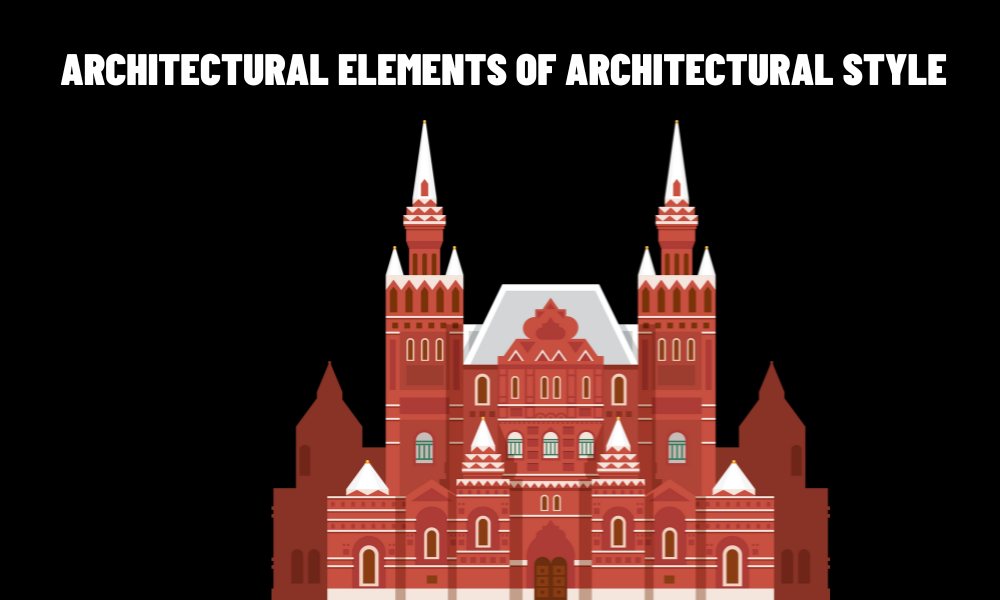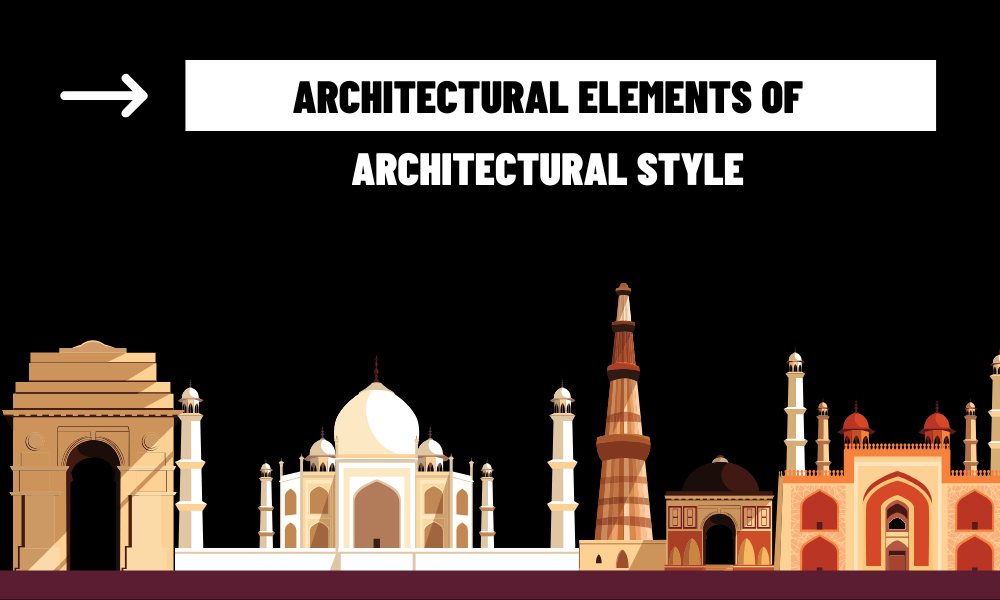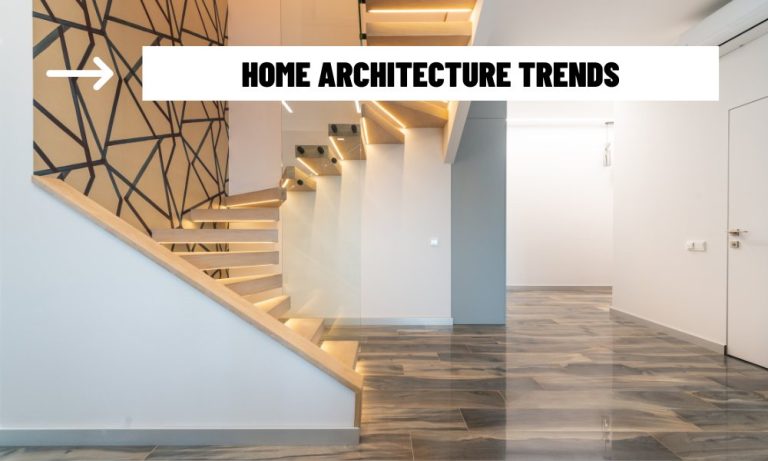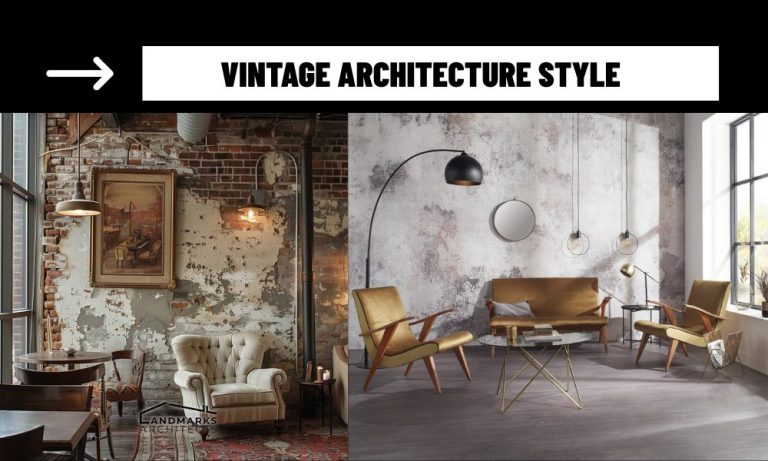Architectural styles are the visual and structural languages of buildings, each defined by distinct architectural elements of architectural style. These elements—such as columns, arches, vaults, and ornamentation—are the building blocks that create a style’s unique identity. Whether it’s the grandeur of Gothic cathedrals or the simplicity of modernist structures, understanding these components helps us appreciate the evolution of architecture.
What Are Architectural Elements?
Architectural elements are the fundamental components used in the design and construction of buildings. They serve both aesthetic and structural purposes, defining a building’s appearance and functionality. These elements vary across architectural styles, reflecting cultural, historical, and technological influences.
Key Architectural Elements
Here are some of the most prominent architectural elements of architectural style:
Columns: Vertical supports that are both structural and decorative. From the Doric columns of ancient Greece to the slender pillars of Gothic architecture, columns define a style’s proportions and elegance.
Arches: Curved structures that distribute weight and create open spaces. Romanesque arches are semicircular, while Gothic arches are pointed, enhancing height and light.
Vaults: Arched ceilings or roofs, often seen in Roman and Gothic architecture, that provide strength and spacious interiors.
Ornamentation: Decorative details like friezes, cornices, and moldings that add character. Baroque architecture, for example, is known for elaborate ornamentation.
Windows: Openings that influence light, ventilation, and aesthetics. The large, stained-glass windows of Gothic cathedrals contrast with the minimalist windows of modern architecture.

Architectural Elements Across Styles
Each architectural style uses these elements uniquely to create its signature look:
Classical Architecture
Classical architecture, rooted in ancient Greece and Rome, emphasizes symmetry and proportion. Columns (Doric, Ionic, Corinthian) are central, supporting pediments and entablatures. Arches and vaults, perfected by the Romans, allowed for grand structures like the Colosseum.
Gothic Architecture
Gothic architecture (12th–16th centuries) is defined by pointed arches, ribbed vaults, and flying buttresses. These elements enabled taller, lighter structures, with intricate stained-glass windows flooding interiors with light, as seen in Notre-Dame Cathedral.
Renaissance Architecture
The Renaissance (14th–17th centuries) revived classical elements like columns and domes, blending them with humanist ideals. Buildings like St. Peter’s Basilica feature balanced proportions and decorative frescoes.
Modernist Architecture
Modernism (early 20th century) prioritizes simplicity and functionality. Flat roofs, large glass windows, and minimal ornamentation define structures like Le Corbusier’s Villa Savoye, emphasizing open spaces and clean lines.
Why Architectural Elements Matter
The architectural elements of architectural style are more than aesthetic choices; they reflect the technological, cultural, and social contexts of their time. For example:
- Structural Innovation: Arches and vaults enabled larger, more durable buildings.
- Cultural Expression: Ornamentation in Baroque architecture symbolized wealth and power.
- Environmental Adaptation: Large windows in tropical architecture enhance ventilation.
By studying these elements, architects and enthusiasts can better understand how buildings communicate history and purpose.
How to Identify Architectural Styles Through Elements
To identify an architectural style, focus on its defining elements:
- Look at Structural Features: Are there columns, arches, or vaults? Their shape and arrangement often reveal the style.
- Examine Ornamentation: Is it minimal (modernism) or elaborate (Baroque)?
- Consider Materials: Stone and marble dominate classical architecture, while glass and steel are common in modern designs.
For example, a building with pointed arches and ribbed vaults is likely Gothic, while one with flat roofs and expansive glass is modernist.
The architectural elements of architectural style are the foundation of every iconic building. From the soaring arches of Gothic cathedrals to the sleek lines of modernist skyscrapers, these elements tell the story of human creativity and innovation. By understanding columns, arches, vaults, and more, you can unlock the secrets of architecture and appreciate the beauty of the built environment.
















